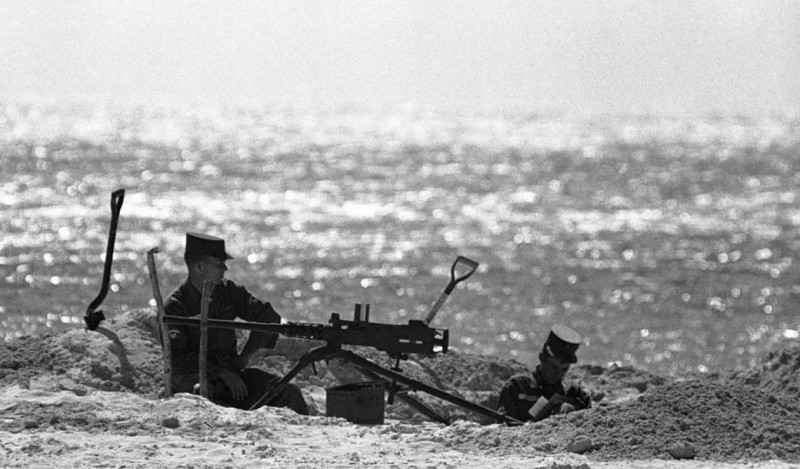
Introduction
The Cuban Missile Crisis of 1962 marked one of the most perilous moments in the history of the Cold War, as the United States and the Soviet Union stood on the brink of a nuclear conflict. This article delves into the events surrounding the crisis, analyzing its causes, key players, diplomatic maneuvers, and the lasting impact it had on global politics.
1. Background: Cold War Tensions
The Cold War, a political and ideological struggle between the United States and the Soviet Union, dominated international relations during the second half of the 20th century. Both superpowers engaged in a fierce competition for global influence, each driven by differing political systems and a desire to spread their respective ideologies.
2. Cuban-Soviet Alliance and Missile Deployment
In the late 1950s, Fidel Castro's rise to power in Cuba alarmed the United States. Seeking protection from potential U.S. aggression, Castro turned to the Soviet Union for support. In 1962, Soviet Premier Nikita Khrushchev made the audacious decision to deploy nuclear missiles in Cuba, believing it would deter any U.S. plans for military intervention.
3. Discovery and U.S. Response
U.S. intelligence agencies discovered evidence of the missile installations in Cuba, prompting President John F. Kennedy to convene a group of advisors known as the Executive Committee of the National Security Council (ExComm). After careful deliberation and evaluation of military options, Kennedy decided to pursue a naval blockade of Cuba to prevent further Soviet shipments.
4. Defining the Red Line: Quarantine vs. Invasion
In a televised address to the nation, President Kennedy announced the establishment of a "quarantine" around Cuba. The term "quarantine" was deliberately chosen to avoid using the more provocative term "blockade," which could have been interpreted as an act of war. The United States made it clear that any attempt to breach the quarantine would be met with military force.
5. Diplomatic Negotiations
Behind the scenes, diplomatic negotiations took place between the United States and the Soviet Union. Kennedy and Khrushchev exchanged letters, exploring possibilities for a peaceful resolution. The crisis reached its peak when an American U-2 spy plane was shot down over Cuba, escalating tensions and placing both nations on high alert.
6. Avoiding Nuclear Catastrophe
As the world teetered on the edge of nuclear war, intense negotiations continued. A breakthrough came when Khrushchev agreed to remove the missiles from Cuba in exchange for a U.S. pledge not to invade the island and the secret promise to remove U.S. missiles from Turkey. This resolution allowed both superpowers to step back from the brink and avert a catastrophic conflict.
7. Aftermath: Shifting Dynamics of the Cold War
The Cuban Missile Crisis had a profound impact on the Cold War. It led to a period of détente, characterized by a relaxation of tensions between the United States and the Soviet Union. Both countries recognized the dangers of nuclear escalation and engaged in arms control agreements, such as the Limited Test Ban Treaty, to prevent further crises.
8. The Cuban Missile Crisis in Popular Culture
The Cuban Missile Crisis has been depicted in numerous films, books, and documentaries, highlighting its significance in popular culture. Movies like "Thirteen Days" and "The Missiles of October" portray the crisis from different perspectives, providing insights into the decision-making processes of political leaders and the enormous risks involved.
9. Lessons Learned
The Cuban Missile Crisis taught the world valuable lessons about the dangers of nuclear brinkmanship and the importance of diplomatic solutions. It underscored the necessity of open channels of communication between nations, crisis management strategies, and the need for nuclear arms control treaties to prevent future conflicts.
Conclusion
The Cuban Missile Crisis was a pivotal moment in history that brought the United States and Soviet Union to the brink of nuclear war. Through skillful diplomacy and measured decision-making, both nations managed to de-escalate the crisis and avoid catastrophe. The events of 1962 serve as a stark reminder of the fragility of international relations and the imperative to pursue peaceful resolutions to conflicts.
ISRO to launch Chandrayaan-3 on Friday, Know All about the mission
Manipur Violence: Tribal Leader Forum Regrets Kuki Zo Conflict